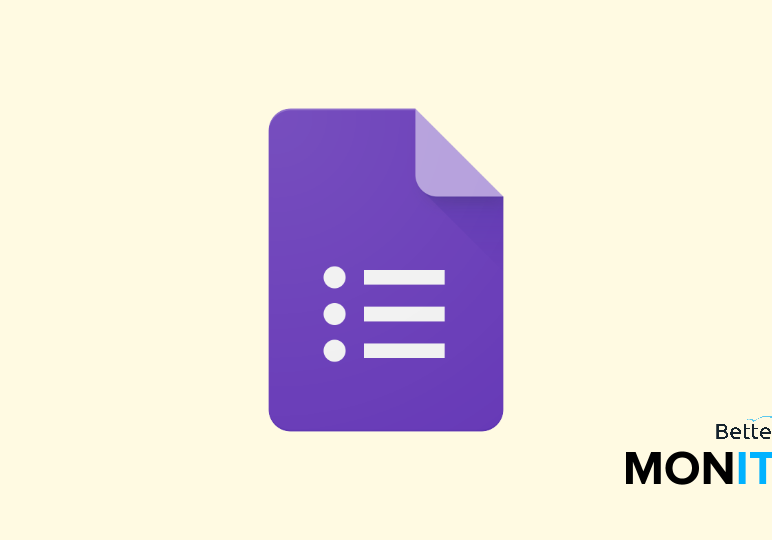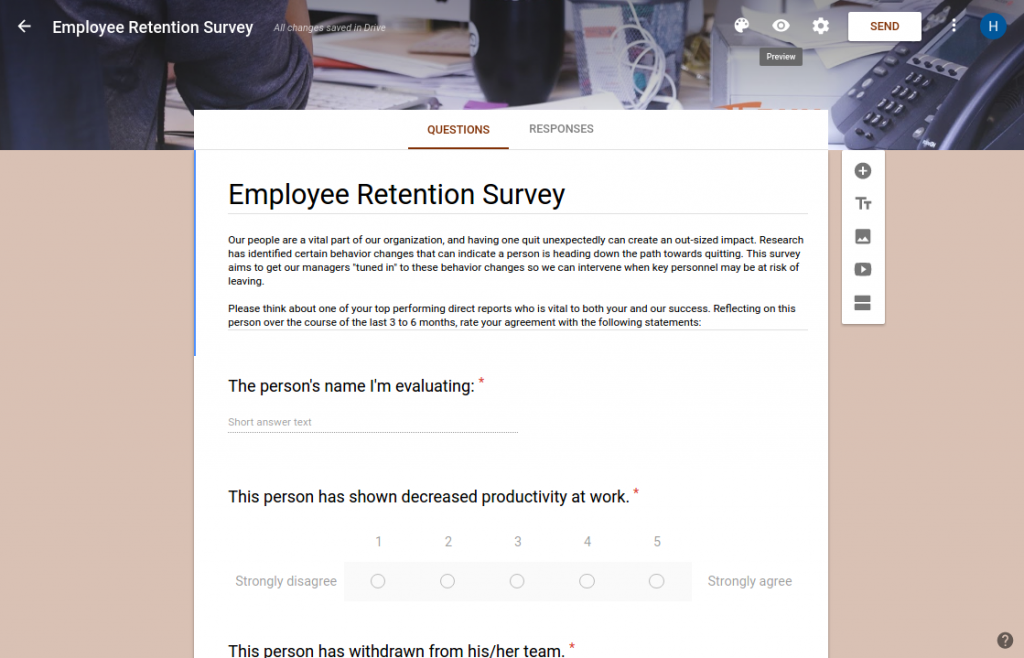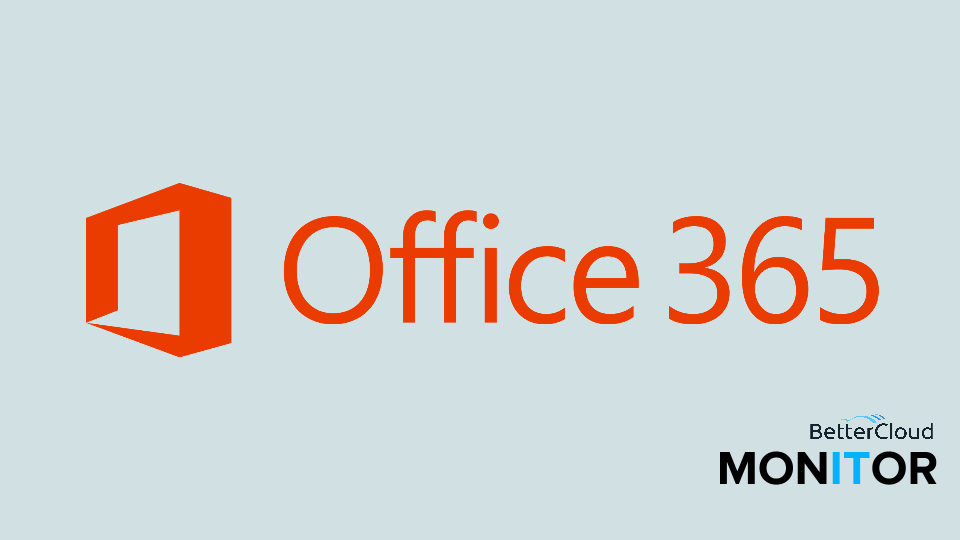How to Predict Employee Resignation with Google Forms
4 minute read

Did you know there are decisive behaviors that indicate someone is about to quit their job?
After reading this recent SHRM/Harvard Business Review article by Timothy M. Gardner and Peter W. Hom, we were inspired to come up with a way to put their findings to work. We set out to do it using only the tools available within G Suite. And we created a survey template using Google Forms which assesses an employee on the 13 behaviors most predictive of a voluntary departure. Lucky for you, we’re providing it for free! You can find step-by-step instructions for using it below.
Just being aware of these 13 behaviors can help supervisors tune into their top performers before it’s too late. And using our survey template can assess the risk in quantitative terms, giving managers clues as to when they should take action and make improvements.
When do you have a problem?
The magic number you’re looking for is 4.2. According to the research cited above, if an employee averages 4.2 or higher across all 13 questions in the survey, they’re twice as likely to quit than your average employee.
What do you do about it?
Not all turnover is bad. But losing and replacing a star performer can cost between 30% of an entry-level person’s salary and 150% of a mid-level person’s. If you have a good employee with a high score on this survey, it may be time to sit down with them and find out what they need to feel committed to your organization.
There’s a lot of research out there about the reasons good employees leave. And there are a lot of good ideas for getting key personnel to stick around. We think one of the most effective ways to get your best people to stay is to talk with them face-to-face and find out why they’re not happy—and what you can do to change that.
Here’s how to use the survey.
1. Get a copy of our Retention Survey Template, built with Google Forms.
Follow this link to where we’ve shared the Retention Survey Template. Right-click and select “Make a copy.”

2. Rename it.
Drive will save a copy of the survey to your “My Drive.” It will be called “Copy of Employee Retention Survey Template.” Rename it to something like “ACME Employee Retention Survey.” Move it to the appropriate location in your company’s Google Drive, so that it has the appropriate level of permissions. We keep our company surveys in a folder only HR can access.

3. Customize the look (optional).
4. Preview.
Click the Preview icon at the top of the survey. You can walk through the entire survey as if you were a respondent. If you find a mistake, click the pencil icon and edit. Repeat as necessary.

5. Distribute your survey.
When you’re ready to send out your survey, click the big “Send” button at the top of the page. The Send form has several fields you’ll need to fill out.
Automatically collect respondent’s username: For this type of survey, we think it’s fine to check this option.
Send via: You can choose whether to distribute via an email composed in this window, get a link to distribute elsewhere, or get HTML to embed wherever you like. You can also share the survey via Google+, Facebook, or Twitter.
If you’re sending out the message via email, you’ll need to enter a recipient, subject, and your message. It’s convenient to use an email alias if you have one set up, such as managers@acme.com or supervisors@acme.com. In your message, be sure to let people know when you expect the survey to be completed.
6. Close the survey.
Give people at least a couple of days to complete the survey. You may want to send a reminder email before closing it. Once you’ve received all the responses you want, you should close the survey. To do this, go to the Responses tab and toggle the “Accepting responses” button.

Then it’ll look like this:

7. View the retention survey results.
Now you’re ready to review the responses to your Employee Retention Survey. Normally you would go to the Responses tab and view either the summary or individual responses. In this case, however, you’ll need to download the survey results and compute an average for each individual who was rated.
Start by downloading the CSV.

Then upload the CSV from your file system into Drive. Double-click on the file to open it in Sheets. Scroll to the right to add a new column where you’ll compute the average. You can see the formula below.

You’re looking for employees who scored 4.2 or higher, on average, across the 13 behavioral indicators. In the sample results below, an employee has scored higher than 4.2. This would be an individual you may want to open a dialogue with to minimize their risk of departure.

Let us know how it goes.
We’d love to hear from you. How did your Retention Survey campaign go? What did you learn about your people? And your star performers? What next steps are you taking? Leave a comment below or email us at support@bizrun.com.
Enjoyed this post? Get our previous Google Forms survey template which assesses employee engagement here.






